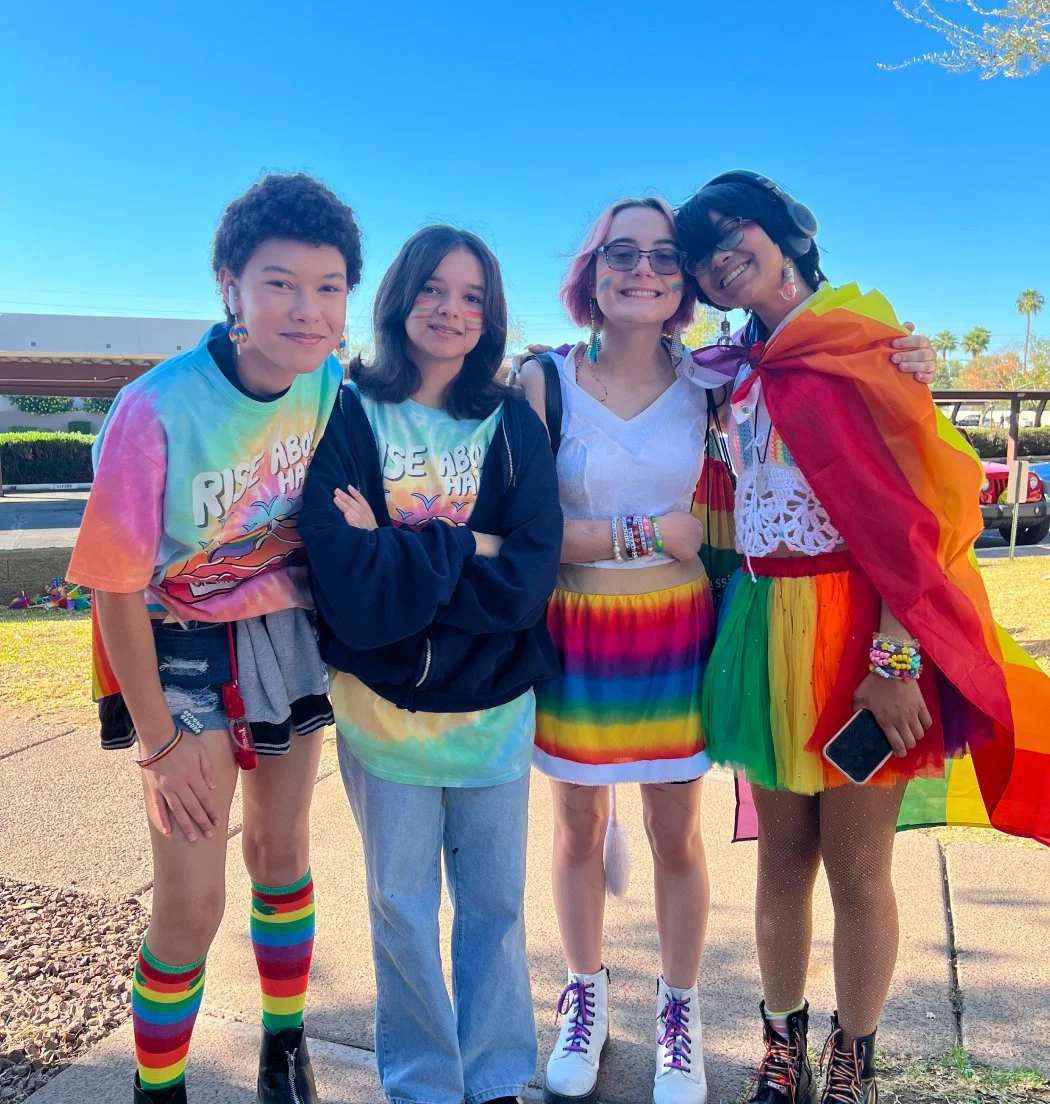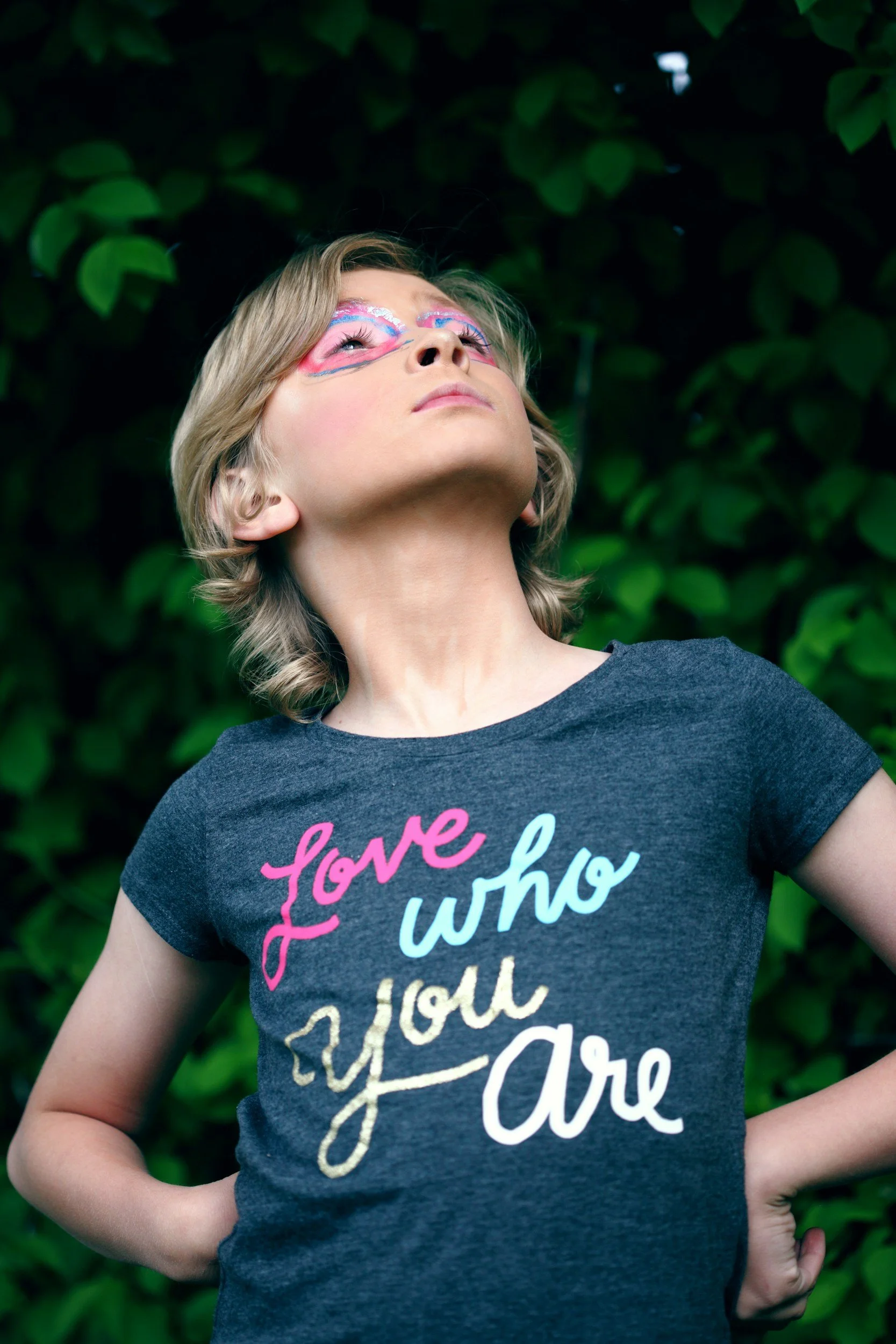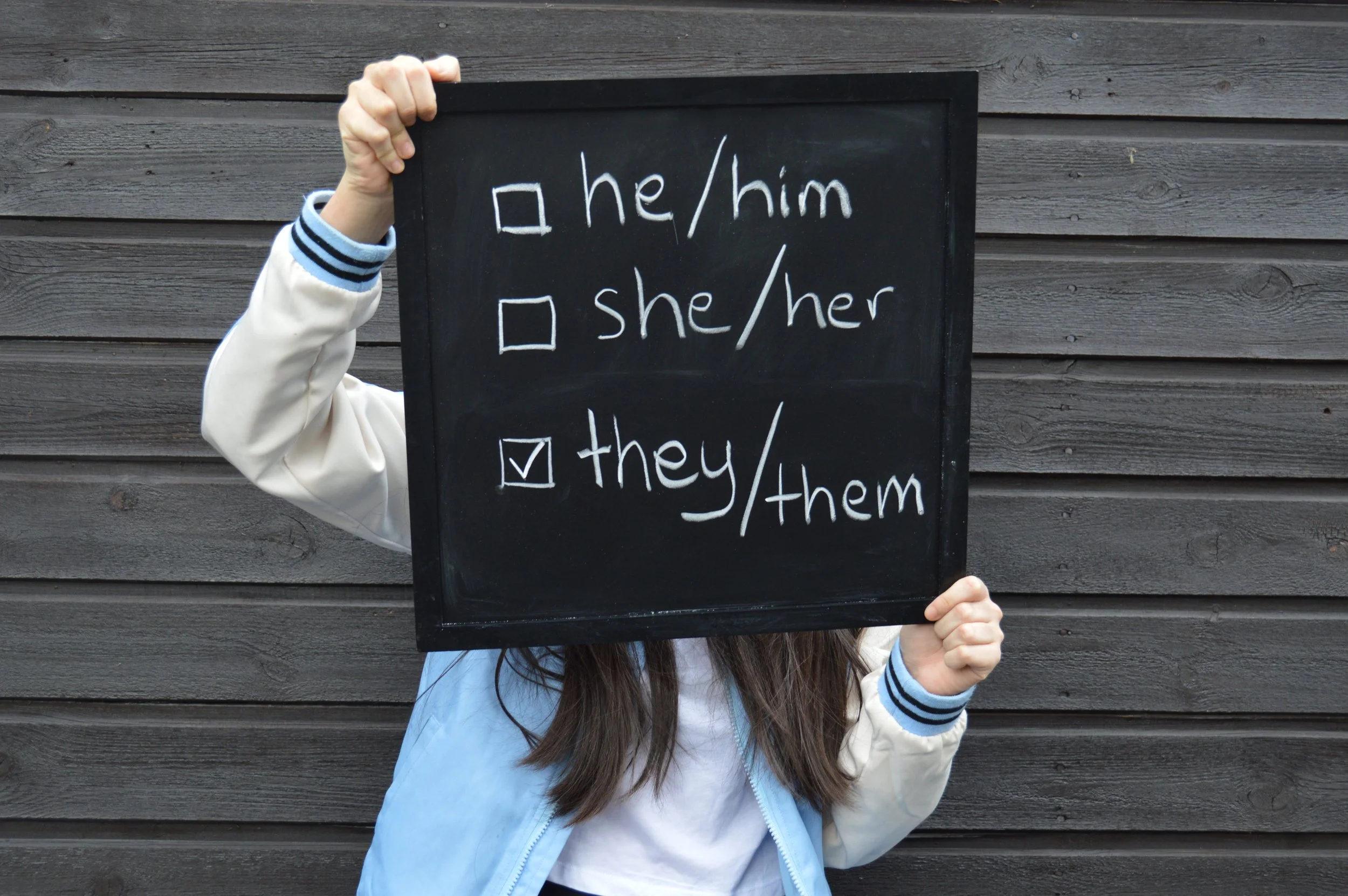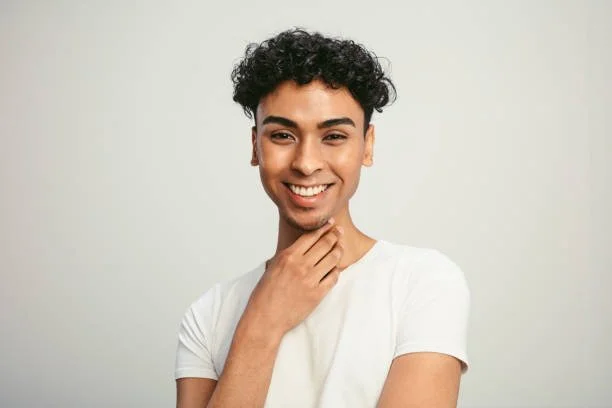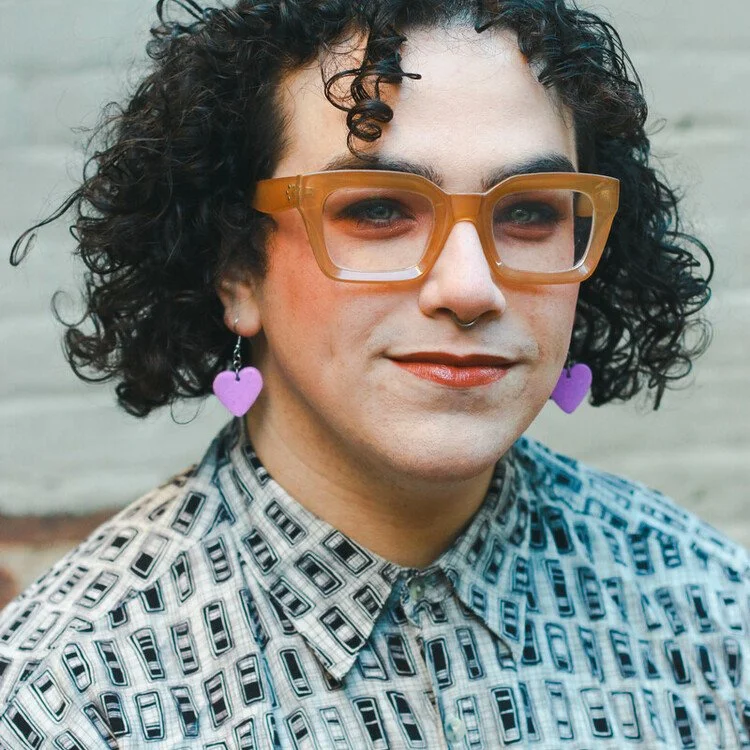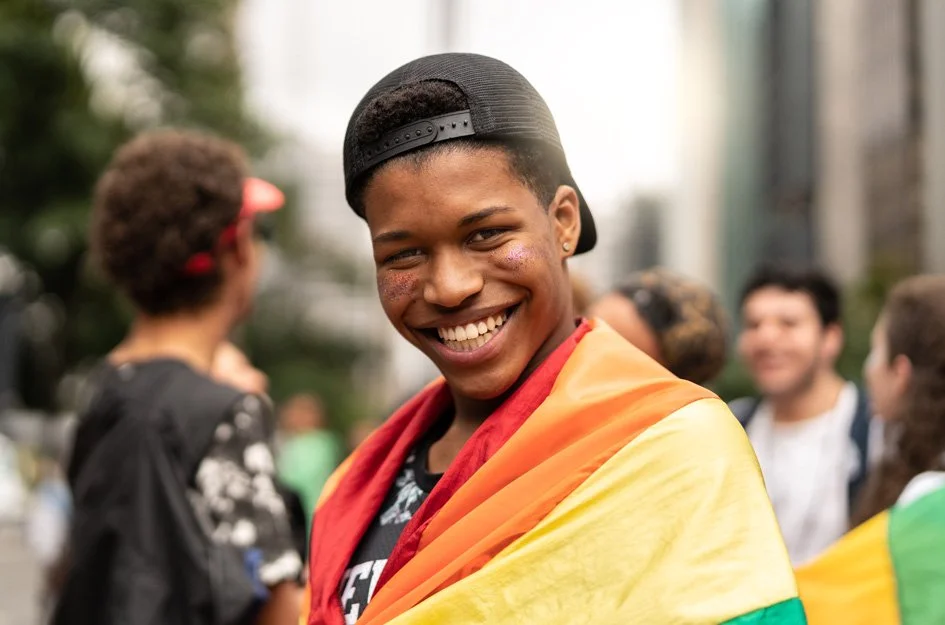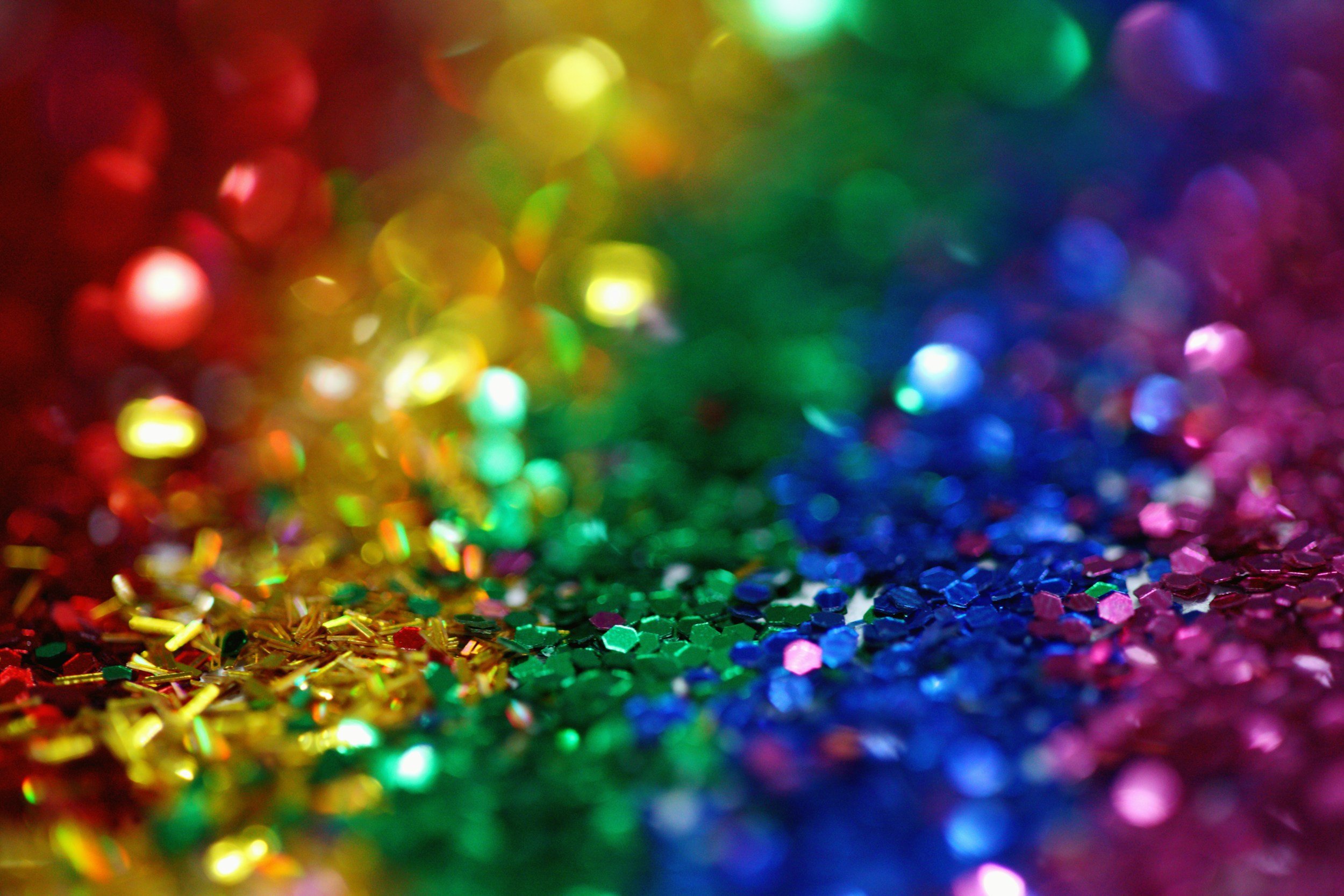
Sexual Orientation and Gender Identity & Expression on the
Autism Spectrum
Everyone has a sexual orientation, gender identity, and gender expression
Gender identity:
How you feel inside about who you are.
You might feel like a boy, a girl, both, neither, or something else!
Gender expression:
How you show your gender to the world—like through your clothes, hairstyle, or how you act. You can dress or act any way that feels right to you.
Sexual Orientation:
This means who you love or who you have a crush on.
It can be about who you feel romantic, emotional, or special feelings for.
There are many kinds of sexual orientations, like liking boys, girls, both, or no one—and all are okay!
Gender Identity
Some people who are autistic might think and feel differently about gender—and that’s totally okay!
Everyone experiences gender in their own way.
“Gender identity” means who you feel like on the inside
What is the role of pronouns in acknowledging someone's gender identity?
Pronouns are words we use to talk about someone when we're not using their name.
Common pronouns include:
He/Him/His
She/Her/Hers
They/Them/Theirs
Ze/Zir/Zirs
When you use the right pronouns:
You make someone feel seen, respected, and included.
You show that you care about their feelings.
You help create a place where everyone feels safe to be themselves.
When people are called by the wrong pronouns:
It can make them feel hurt, invisible, or disrespected.
Helpful Tip!
What's the right way to find out a person's pronouns?
Start by giving your own – for example, "My pronouns are she/her."
"If I was introducing myself to someone, I would say, 'I'm Nancy. I use she/her pronouns. What about you?'
And if you make a mistake, that’s okay! Just say sorry and try again.
Gender Expression
Gender expression refers to the way that a person presents their gender to the world
Gender expression is the way people dress, talk, or act to show who they are
Remember!
Everyone expresses gender in different ways- None of them are “right” or “wrong.”
Some boys wear nail polish. Some girls have short hair.
Some people don’t feel like a boy or a girl.
Gender expression may have characteristics that can be described as:
Masculine
Feminine
Gender-neutral
Androgynous
Gender-conforming
Gender-nonconforming
A person can express their gender to others through choices like:
Clothing: Dresses, pants, skirts, shirts, etc.
Hairstyles: Long, short, curly, straight, etc.
Accessories: Jewelry, hats, makeup, etc.
Body Language: Gestures, posture, voice tone, etc.
TIPS THAT CAN HELP
If you are struggling with issues related to gender expression, there are some things you can do that may help.
Take Care of Yourself:
Prioritize your physical and mental well-being. Make time for activities you enjoy and take small steps to care for yourself emotionally and physically.
Find Ways to Express Yourself:
Even if you're not ready to fully express your gender, there are small ways to start. You can experiment with different clothing styles, hairstyles, makeup or other forms of self-expression that bring you happiness.
Talk to a Professional:
Speaking with a gender-affirming therapist or counselor can provide you a safe and understanding environment to explore your identity and gender expression.
Find Support:
It's important to have people around you who understand and respect your journey. If your current support system isn't there for you, online communities or local groups that can offer support and
Take Your Time:
Gender expression is a personal journey and you may feel that it is difficult to express yourself in a way that feels authentic. Allow yourself permission and space to explore your identity at your own speed!
If someone you know has a gender expression that doesn’t match stereotypical ideas of how men and women should appear, dress, or behave, there are things that you can do to support them.
Support People’s Gender Expression:
An individuals sense of gender, which is their internal understanding of their gender and how they express it, can change over time. The support they receive from others, like you, is crucial in this journey. You don’t need to experience the same things they do to be supportive and understanding.
Be an Ally:
If someone is being treated unkindly because of their gender expression, stand up for the person and say something. You can be an ally for the person by showing them compassion and acting in ways that make them feel respected and supported. This could be as simple as using the correct pronouns for someone, a small act that can make a big difference, or as bold as challenging discriminatory policies or practices.
Sexual Orientation
Sexual orientation is about who you have romantic or loving feelings for. It’s different from gender identity (who you are) and gender expression (how you show who you are).
People can feel attraction in many different ways:
Some people like boys.
Some people like girls.
Some people like both boys and girls.
Some people don’t have romantic or loving feelings for anyone, or only feel them a little.
Some people are attracted to anyone, no matter their gender.
Different Kinds of Sexual Orientations
-
Heterosexual
Heterosexual individuals are attracted to people of a different gender than their own, and are commonly referred to as 'straight.'

-
Homosexual
Homosexual individuals are attracted to people of the same gender as themselves. However, the term 'homosexual' is often considered formal or outdated, so most people use the term 'gay' instead.
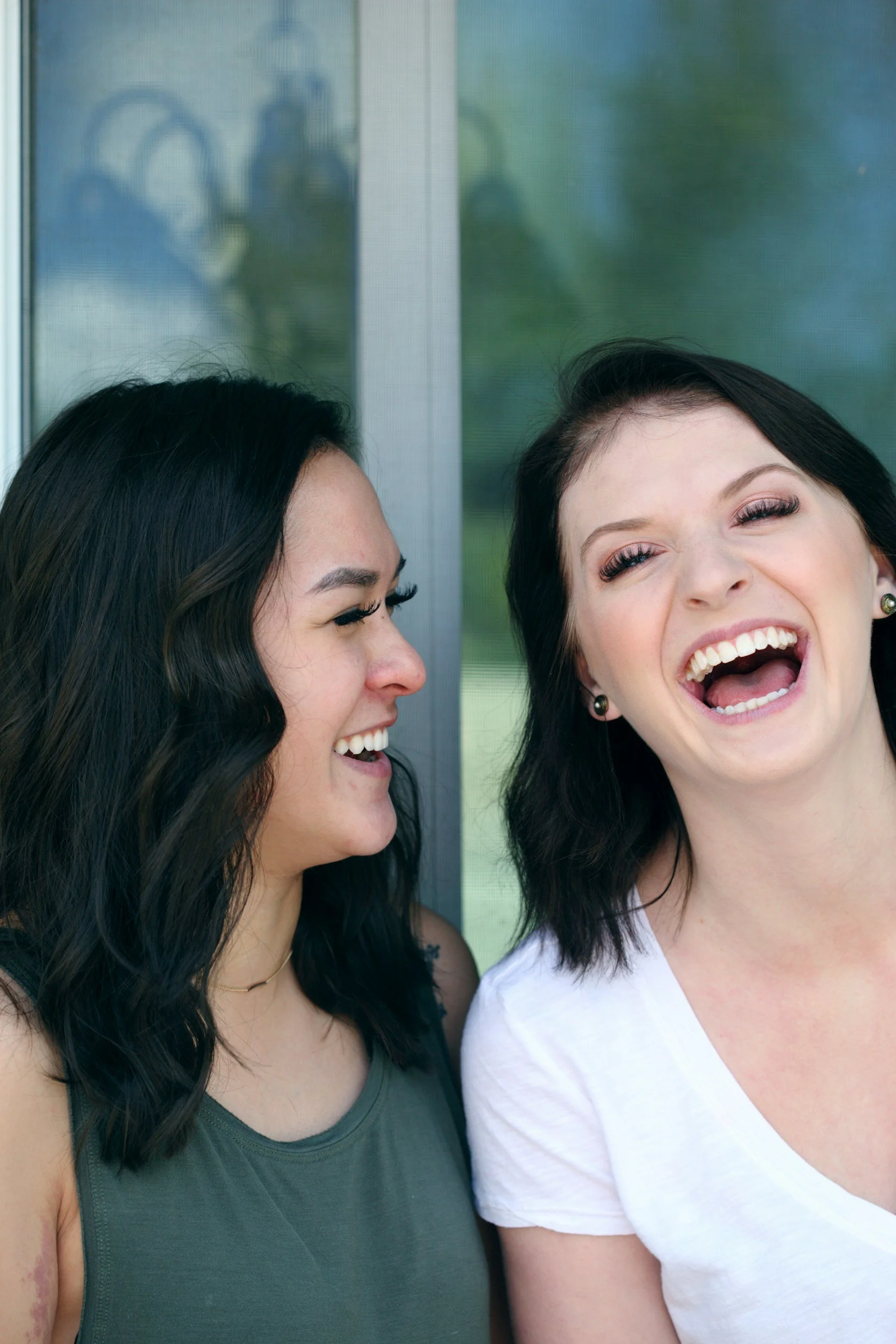
-
Bisexual
Bisexual individuals can be attracted to people of the same gender as themselves or to people of a different gender. This means they might fall in love with a man, a woman, or someone of another gender identity.
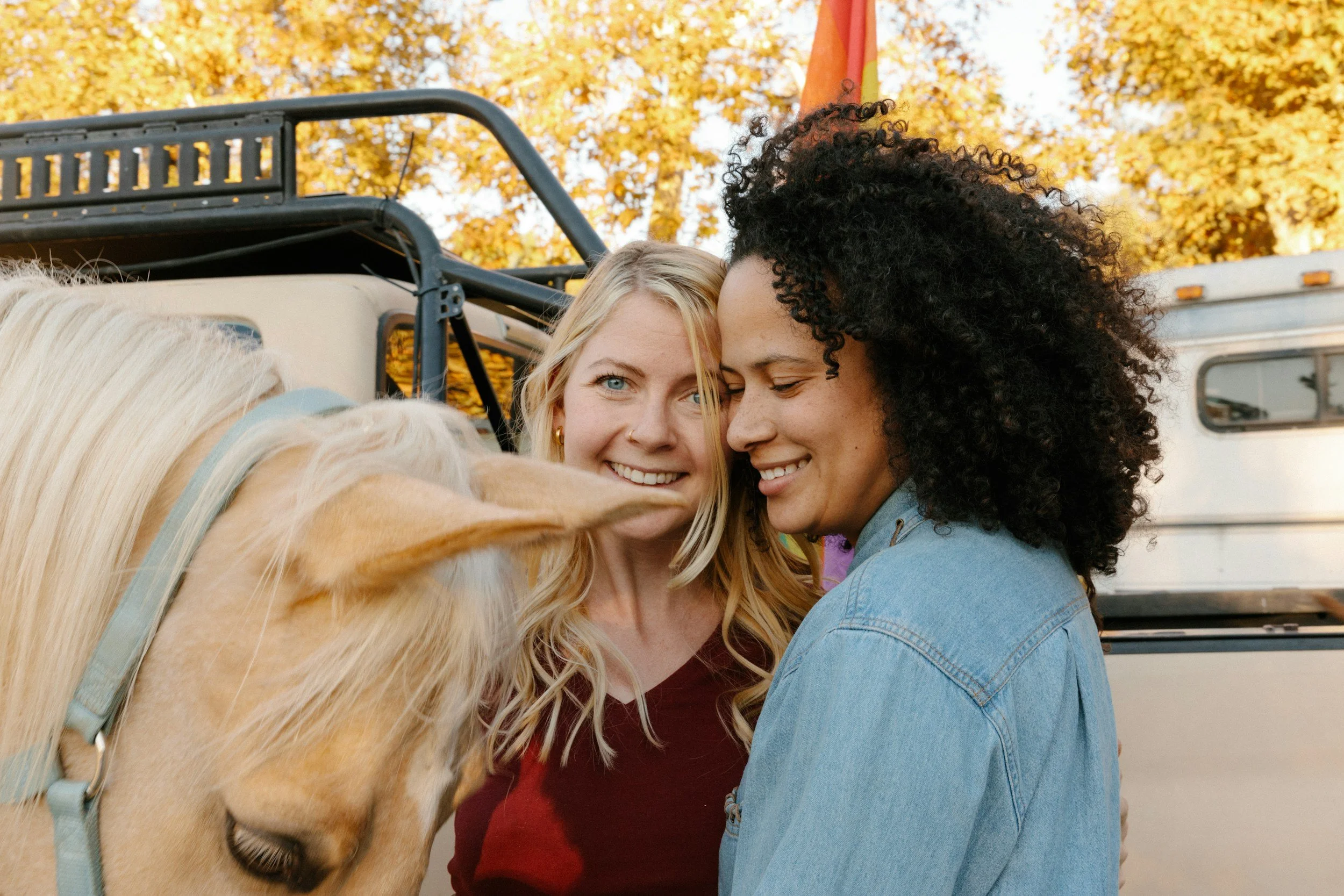
-
Pansexual
Pansexual individuals can be attracted to people regardless of their gender or sex. This can include attraction to nonbinary people and others outside the male-female gender binary.

-
Asexual
Asexual individuals either do not experience sexual attraction or experience it at low or limited levels. Some asexual people are still interested in dating and may seek emotional or romantic relationships without a sexual component.

-
Queer
People who identify as queer may be gay, lesbian, bisexual, asexual, or have another sexual orientation that isn’t straight. The term can also be used by individuals whose gender identity differs from the sex they were assigned at birth.
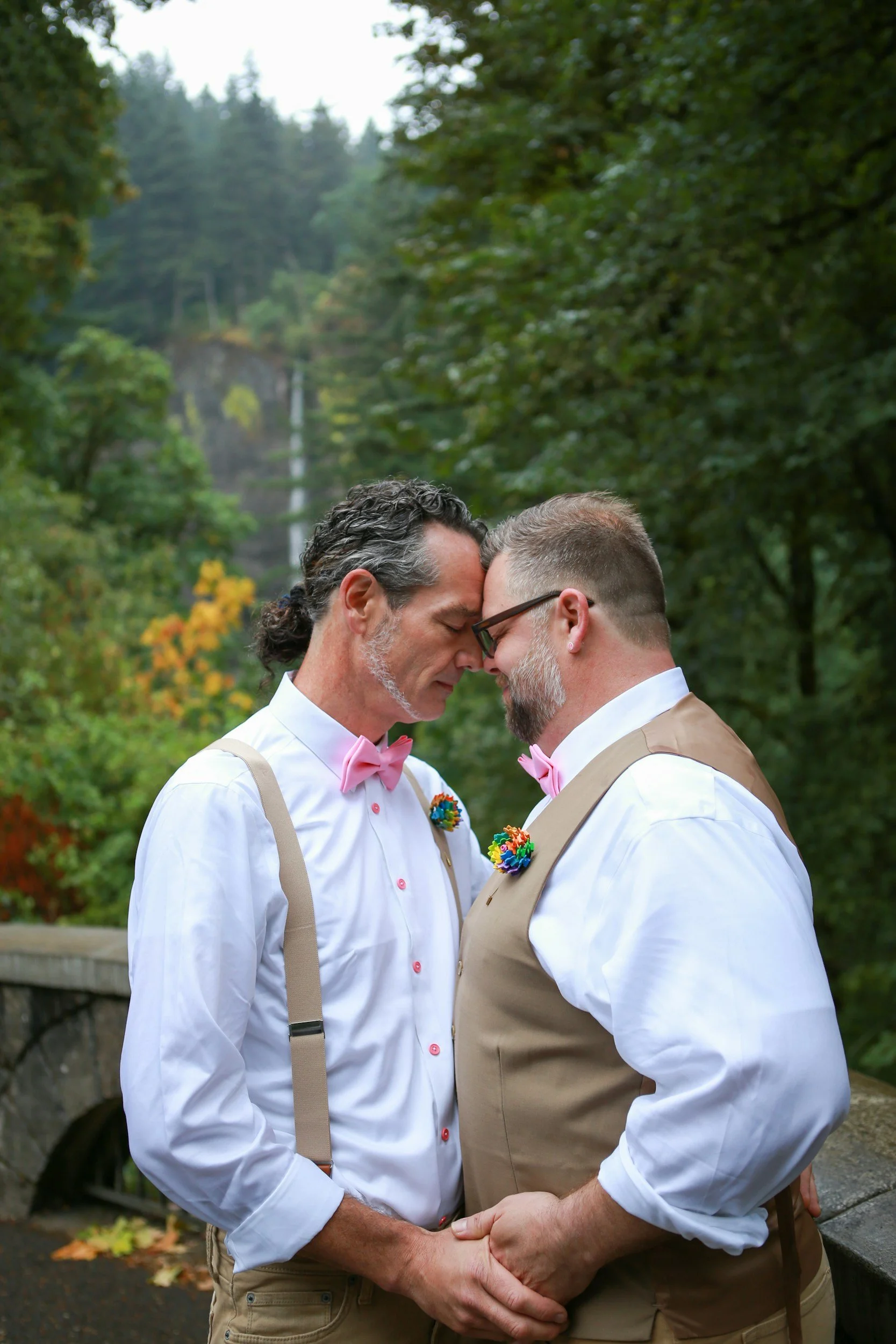
Everyone is unique in how they feel, express themselves, and who they care about.
It’s okay to be different, ask questions, and take time figuring things out.
What matters most is being kind to yourself and respecting others for who they are.
